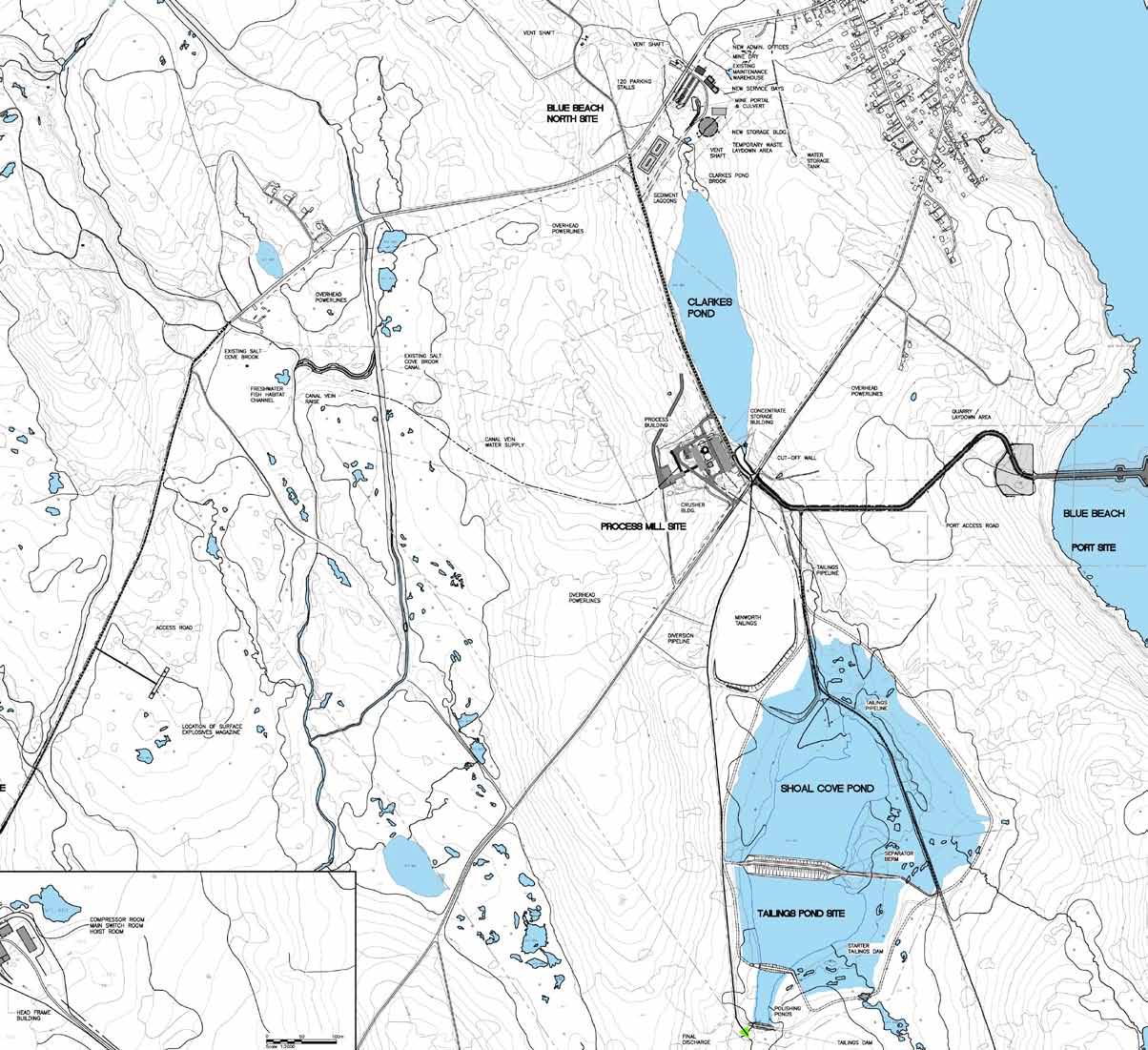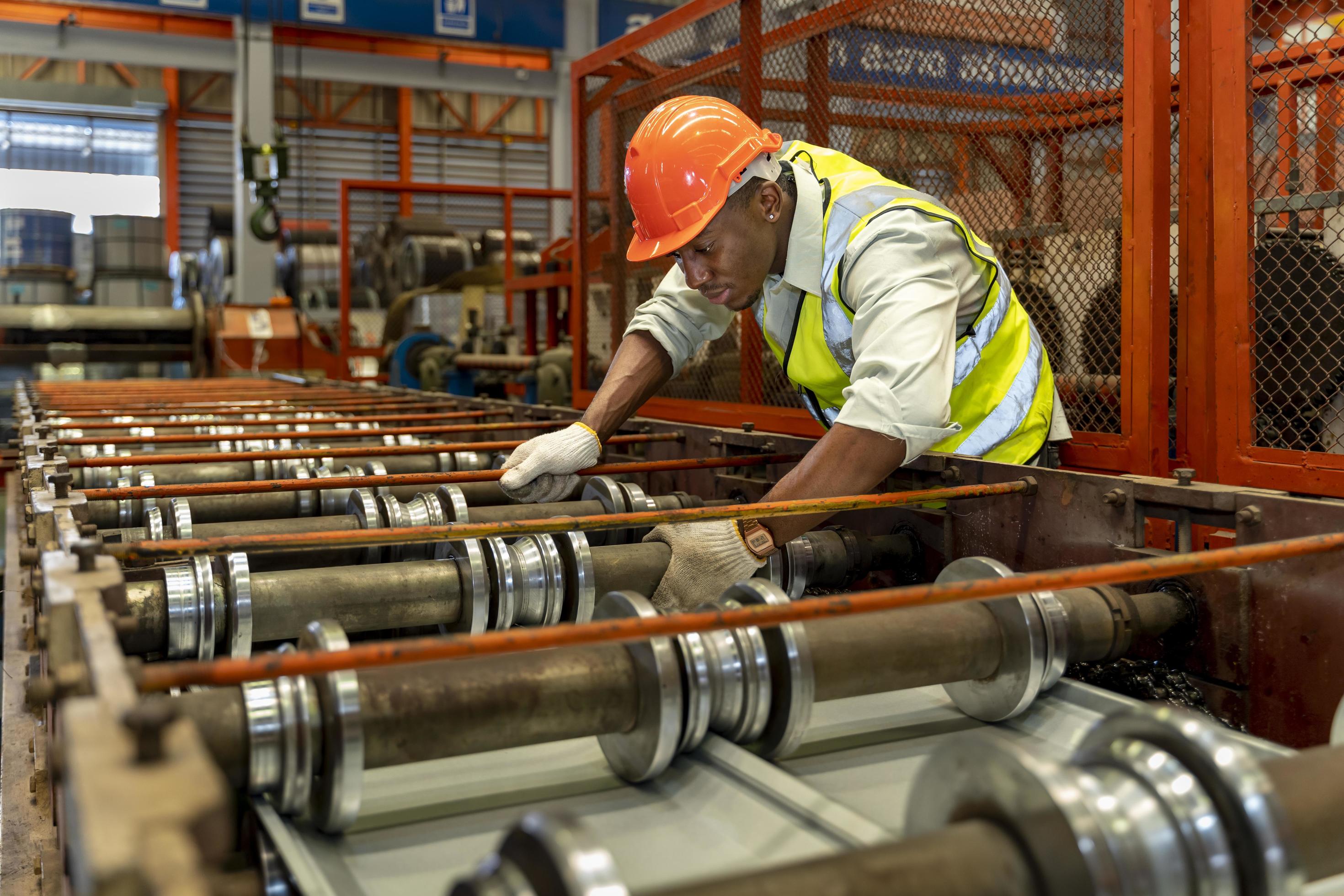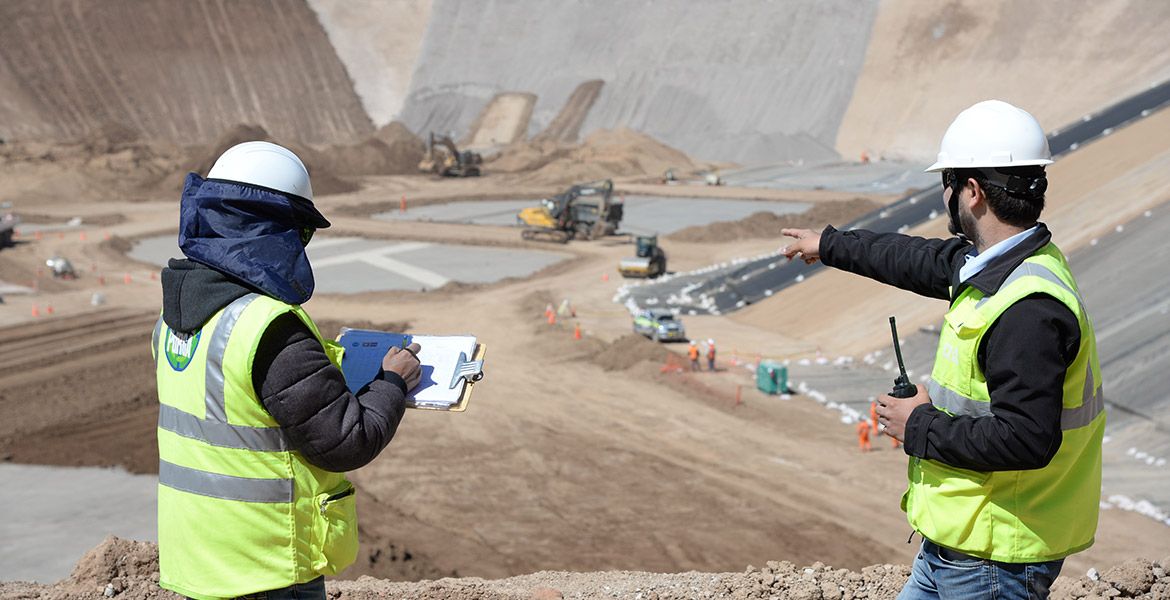
After exciting exploration results from the fluorspar veins at St Lawrence, Newfoundland, CEO Lindsay Gorrill and chairman Richard Carl talk to Gay Sutton about financing the first mines through the Newspar Partnership with Arkema, and using this as a springboard for developing a much larger mining complex.
Fluorspar must be one of the world’s best kept secrets. Few outside of specific manufacturing sectors are aware of its importance, but for those who are, the race is on to find new supplies.
“At the moment, demand and supply are more or less in balance,” explained Lindsay Gorrill, CEO and president of Canada Fluorspar Inc (CFI). “Global consumption is currently six million tonnes a year, but demand is growing, and if you look to the future, there are no new short term supplies.”
This puts CFI in an enviable position as it works in partnership with Arkema to bring the fluorspar deposits of St Lawrence in the Burin peninsular of Newfoundland back into production. Previously mined by Alcan and later by Minworth the mines have had a chequered history. Although the ore was of high grade, output eventually ground to a halt after the Montreal Protocol phased out the use of CFCs and HCFCs as refrigerants and aerosol propellants. In just a year prices crashed from around $250 a ton to just under $100 and Minworth went bankrupt.
Fluorspar is used in aluminium production, protective clothing containing Kevlar, Teflon for non-stick frying pans, and refrigerants and air conditioning, but the boom is about to happen in new manufacturing technologies. Fluorspar is an essential component in lithium batteries, which are revolutionising mobile phones and tablet PCs, and fulfilling the dream of battery powered vehicles. Environmental technologies are another huge growth area, and fluorspar is critical to the production of photovoltaic cells for solar panels.
This is all good news for CFI, which owns the mineral rights to the extensive St Lawrence fluorspar mines. Lying alongside the town of St Lawrence, just 1km from the Atlantic Ocean and on the direct shipping route from the St Lawrence River, the location is ideal for exporting to the US and Europe. The site also benefits from substantial existing infrastructure including access to the national power grid, a mill, tailings pond and a range of buildings.
Between 2007 and 2010 CFI carried out a three year programme of exploration at two of the existing mines, along with a feasibility study and all the necessary environmental permitting. The Blue Beach North vein revealed ore grades of 38 percent while the Tarefare vein was even higher at 43 percent. “These are world class deposits,” said Gorrill. “Most fluorspar mines are mining below 20 percent ore grade- and our two veins have over 30 years of mineral resources and 15 years of mineral reserves at a production rate of around 126,000 tonnes a year.”
The feasibility study also predicted a high level of profitability. “Based on our metallurgical studies, we should be able to process the ore and load it onto a vessel for about $200 a ton. Fluorspar is currently valued at $500 a ton. So at current values we will have a respectable profit margin. Even if the prices declined in another downturn, we would survive, which gives us comfort going forward.”
The looming world shortage has caused some interesting developments in funding for these important mineral resources. “There is a growing trend for fluoropolymer and fluorochemical manufacturers to integrate back to the mine. By investing in mining they are able to secure their supply of critical elements,” commented chairman Richard Carl. “What’s interesting is that this is a complete reversal of what happened 20 or 30 years ago when manufacturing companies divested such non-core activities. You might say what goes around comes around.”
After analysing the financial market, CFI selected global industrial chemicals company Arkema as its partner. “It was almost a two-year dating process,” said Gorrill. “We found their requirements and mindset matched ours very well. They have an extensive environmental and safety programme, and are interested in a long-term partnership with production continuing for over 20 years.”
A 50/50 partnership called Newspar was set up to bring the Blue Beach North and Tarefare mines back into production by 2014 and to operate them going forward. The geological assets and mining expertise are CFI’s contribution to the project while Arkema is investing up to $80 million and will assist with engineering and construction expertise.
As part of the agreement, Arkema has received a 19.9 percent shareholding in CFI along with 50 percent of the production from Newspar, thereby securing its long-term supply of the mineral.
The other significant partner in the Newspar project is the Government of Newfoundland and Labrador, which has contributed $17 million towards the construction of a deepwater wharf in the form of a refundable contribution. Once built, the wharf will be a regional asset that can then be used by any mines or industries that spring up alongside them.
The total cost of developing the Newspar mines is estimated to be in the region of $100 million, and will include reconfiguring the mill, installing a filter dam on the old tailings pond and improving or replacing the existing facilities. The processing plant identified in the feasibility study is relatively simple and the flotation plant uses water. “Our waste product is basically course granite which is then used to build roads,” Gorrill said, “and our fine waste is crushed granite and fluorspar which are inert, and these will be filtered out by our new tailing management system.”
Of the 40+ mineralised veins historically documented on the CFI property, the Newspar partnership covers only the Blue Beach North and Tarefare mines. “If our cost estimates hold true to form we have all the funding in place to develop the first phase of our project,” said Carl. However, under the deal with Arkema, CFI has access to the Newspar infrastructure for any subsequent mines on CFI’s mineral licence, “so we will use Newspar as our anchor for developing other deposits, thereby creating a scale in the project and reducing the incremental costs,” he concluded.
CFI’s strategy to develop further fluorspar resources in the St Lawrence region has significant potential. “Our aim is to become a larger producer than just the Newspar project,” said Gorrill. CFI’s share of the initial Newspar output is estimated be in the region of 63,000 tonnes per annum, “but we believe our growth potential could provide significant volumes in three or four years’ time.”
This potential growth currently includes at least two further significant fluorspar resources. The Director vein, mined by Alcan in the 60s and 70s, is currently the subject of a new exploration programme. Meanwhile exploration at the Grebes Nest vein, mined by Minworth in the late 80s, will begin shortly. “We expect to complete the drilling programme at Director by midsummer, and we should have an NI 43-101 reserve estimate by early next year,” said Gorrill.
With assay results being announced as they are received, CFI hasn’t had to wait long for serious encouragement. Samples collected in one of the trenches at Director have just revealed a massive 90.7 percent fluorspar vein some 9.4m in width. “We knew from the information we had gathered from past mining that the Director vein had been a high grade vein, but we did not expect to find such a high grade and such potential for a significant-sized structure,” said Gorrill. “We are eagerly awaiting assay results on the remaining trenches.”
Nothing can be conjectured until the extent of the resources has been proven, but if the next tranche of results is as positive as these, then CFI is in a very good position to use the infrastructure of Newspar for low cost development of the Director vein, and to become a very significant fluorspar mining company in its own right.
DOWNLOAD
 CanadaF-AM-May12-Bro-s.pdf
CanadaF-AM-May12-Bro-s.pdf













